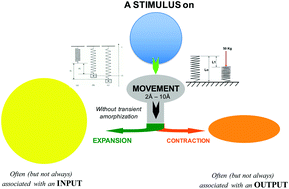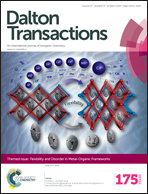Structural flexibility in crystallized matter: from history to applications
Abstract
The large reversible flexibility of hybrid crystallized matter is relatively new. After briefly recalling the history of this discovery, the article will analyze the different parameters influencing this phenomenon. They relate first to the various structural characteristics of the framework, in both its inorganic and organic parts. The influence of the energies of the guest–guest and host–guest interactions is then analyzed. Once the reasons are explained, a third section will be devoted to the various physical properties of these flexible solids. The last section concerns recent industrial applications of this family of solids.

- This article is part of the themed collection: Flexibility and Disorder in Metal-Organic Frameworks

 Please wait while we load your content...
Please wait while we load your content...